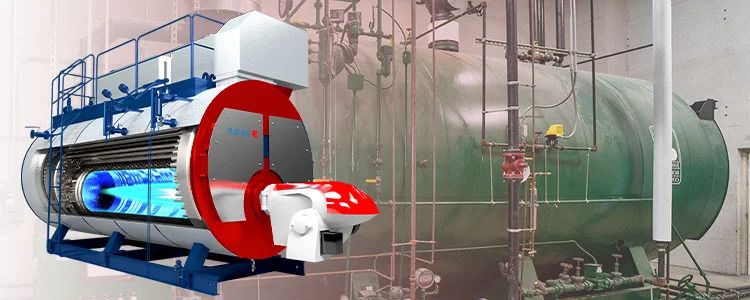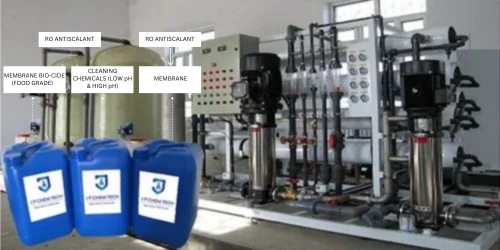




A to Z Aqua Solutions cooling water treatment programs maximize heat exchange while extending the useful life of condensers, plate and frame heat exchangers, evaporative cooling towers, supply and return piping, valves, and process equipment.
Our programs prevent corrosion of ferrous and non-ferrous metals, minimize mineral scale deposit formation, and control microbiological growth and system fouling. Our cooling water formulations are simple and safe to use and satisfy the most stringent discharge guidelines.


A to Z Aqua Solutions feedwater treatment programs are designed to maintain the waterside integrity of boilers and related heat exchange equipment including economizers, air preheaters, as well as steam turbines and auxiliaries. In addition, we have expertise in the design of makeup water pretreatment systems including water filtration and softening systems, demineralizes, dealkalizers, reverse osmosis systems, and condensate polishers.
We provide boiler water treatment programs that are customer-specific and consistent with blowdown discharge limitations. Our engineers are able to predict feedwater problems and prescribe a treatment approach to prevent upset conditions before they occur.
Industrial wastewater is the aqueous reject that results from substances having been dissolved or suspended in water, typically during the use of water in an industrial manufacturing process or the cleaning activities that take place along with that process.


Inadequate service programs of membrane elements/systems can face early degradation and poor performance. This results in fouling, scaling and premature membrane deterioration. consequently, this reduces throughput and calls for unwanted downtime and membrane cleaning.
In industrial processes, foam poses serious problems. They cause defects in the final output and hinder the efficiency of the process.

© 2024 All rights reserved
www.example.com
Designed By EGITIM VENTURES